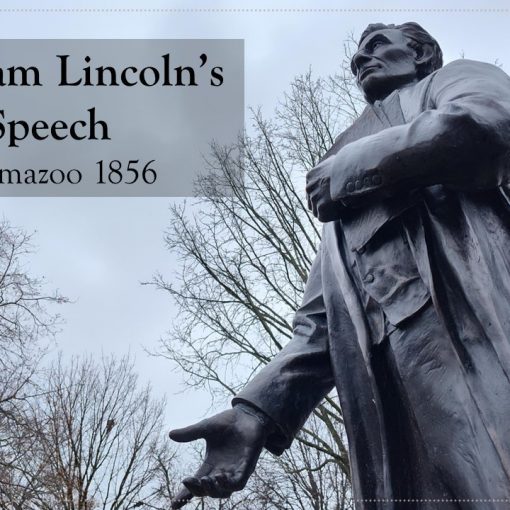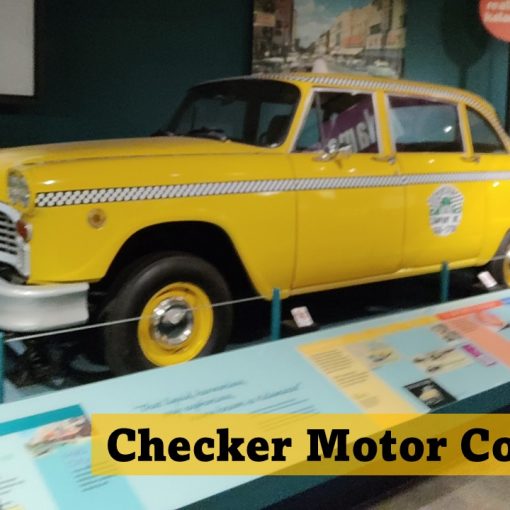Did you know that Gibson Guitars had started in Kalamazoo, Michigan? When had it started? Who had been responsible for these hand crafted guitars? When had they decided to relocate to Nashville, Tennessee? Who is working in this shop now? Join Chuck and I as we investigate this curious Michigan history.
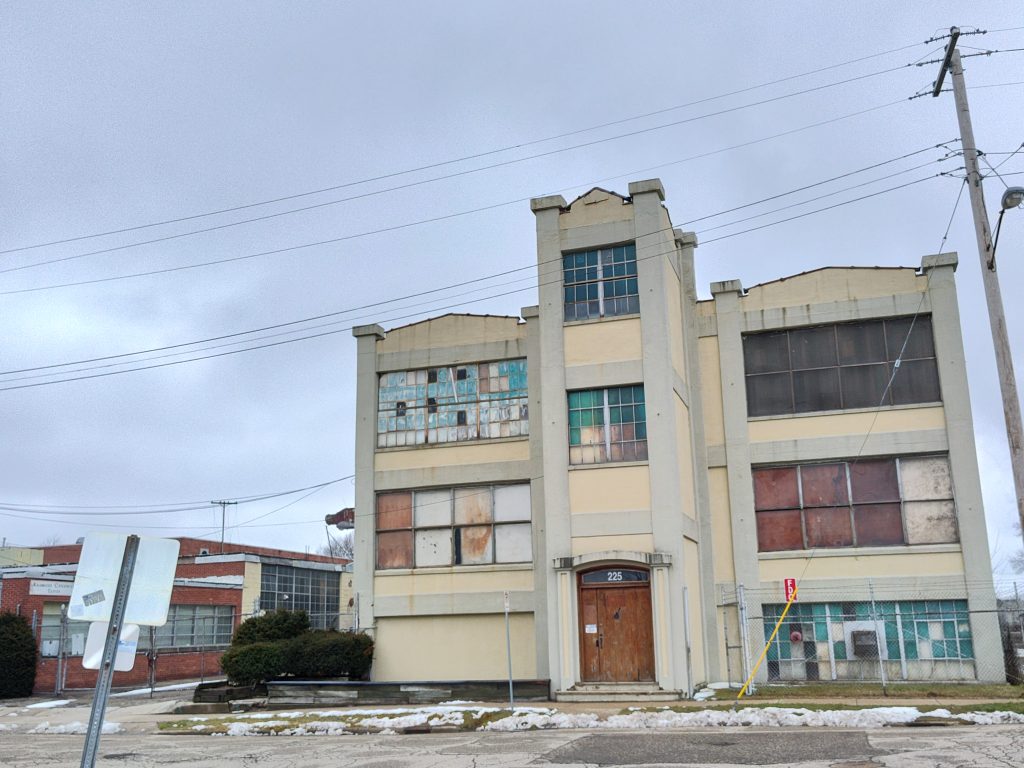
Since 1985 this building has housed Heritage Guitars.
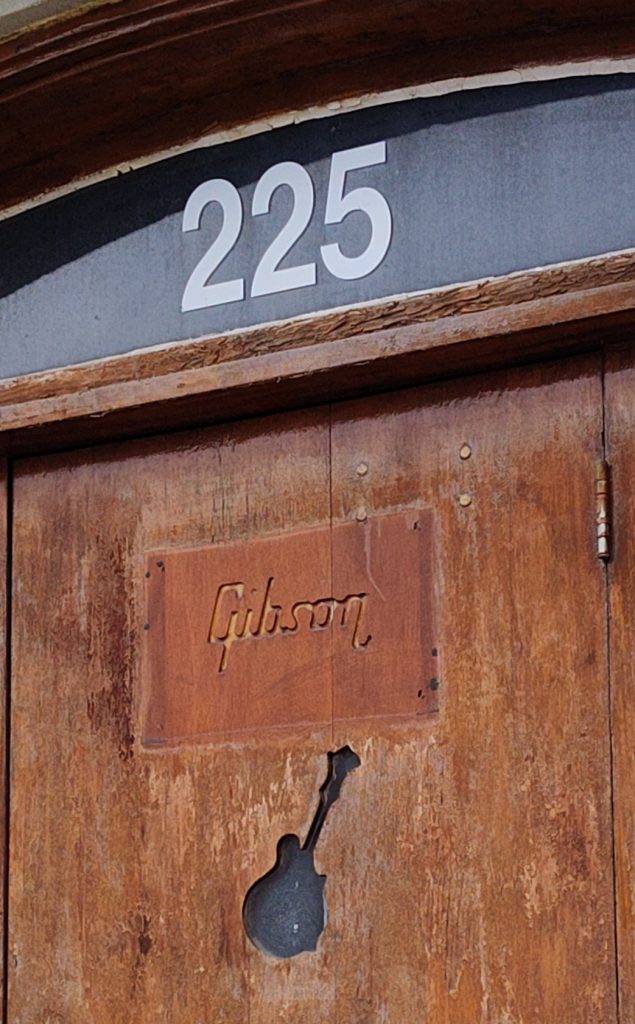
Orville H. Gibson had started making guitars in 1894 and opened Gibson Mandolin-Guitars Manufacturing in 1902.
Who Was Orville H. Gibson?
Orville was the youngest of five artistically talented siblings of John and Emma Gibson. Emma (Amy) had brought along two adult step siblings to the family from a previous marriage, Mary and Sidney Fuller. These children had all grown up on a 41 acre farm one mile south of the Canadian boarder in New York.
Lovell J. Gibson, Pluma A. Gibson, Emma E. Gibson, Ozro M. Gibson and Orville H. Gibson had developed their talents into becoming a writer, a painter, an upholsterer, a carpenter, and an expert musician/craftsman.
Around 1860 Orville had joined the military while his older brother Lovell, a carpenter, had moved to Oshtemo, near Kalamazoo. Private Orville Gibson had been an excellent marksman in The Michigan State Troops (later known as The Michigan National Guard).
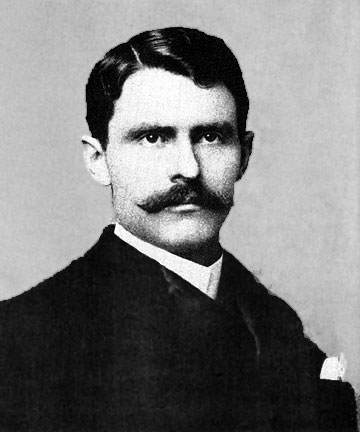
was born in Chateaugay, New York
in May of 1856 – August 19, 1918
Following his military service, Orville followed his brother, intrigued by the opportunities of Kalamazoo. During the 1870’s Kalamazoo had 13,000 residents. “The land is very fertile, the timber is abundant, the character of the buildings and the improvement of the farms is first class, and the model farmers of Michigan live here,” wrote county historian George Torre in 1876.
By 1876 at a mere 19 years old, Orville H. Gibson had already developed his musical skills as a performer. In his spare time he honed his craft of fixing and creating instruments which would someday become known world wide.
Evidence of Orville H. Gibson had been found in a newspaper which had sited Gibson as a member of the “Company C marching band” in the 1870’s.
Bands and Orchestras
Musical bands and orchestras had offered entertainment at parks, court houses and parades in the 1870’s. These bands had played at The Fourth of July celebrations, which had included readings of The Declaration of Independence, at weddings as well as welcoming soldiers back from wars. Bands were held in high esteem. Fundraisers for uniforms and instruments had been often held, too.
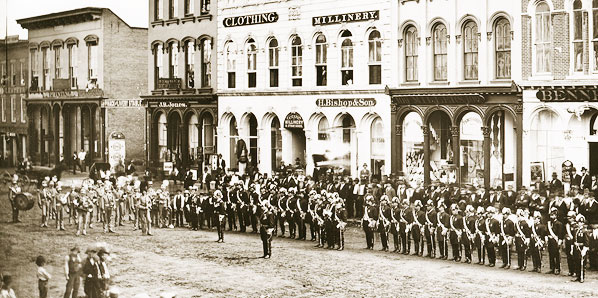
Photo and Quote —Kalamazoo Telegraph, August 20, 1872.
“Seventy-Six Trombones,” from The Music Man by Meredith Willson, danced through my mind as I gazed at the photograph of this band.
Fundraising
In April of 1876 The Telegraph had sited Gibson, who had sung an Irish ballad, at the Young Men’s Organ Association fundraiser for the First Presbyterian Church. The event had been “an immense success, one of the best and most enjoyable amateur concerts” which had raised a whopping $150.00.
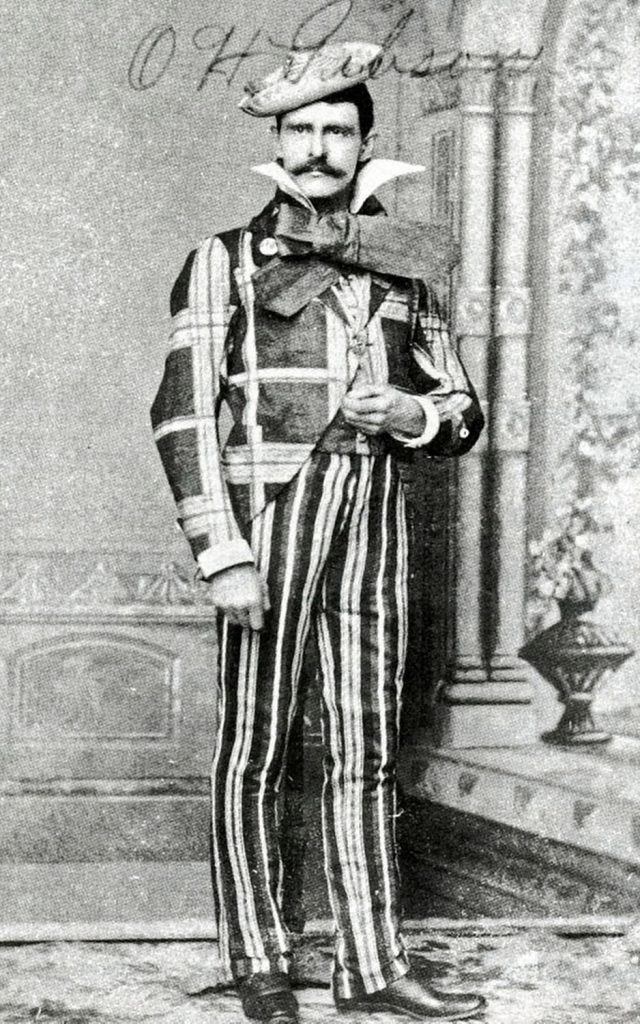
(Photo courtesy of Margaret Bellson
from “The Story of Gibson” By Julius Bellson, 1973)
Hoping to raise money for the area hospital and the children’s home, Orville Gibson had organized “Young Men’s Musical Minstrels.” This annual event had highlighted local talent with skits and musical renderings. It had increased in popularity over the years. Orville had often built the sets and created the costumes for these productions. One year he had sewn a costume for Bolivar, a trained elephant, for one of the segments.
Orville H. Gibson Had Become Well Respected
Orville’s dedication to the community had been admired by residents. He had been truly appreciated. Even The Gazette had mentioned his kindness as a shoe store clerk. “O.H. Gibson’s prompt, polite, and gentlemanly treatment.” In the late 1800’s and early 1900’s newspapers would publish prominent residents’ comings and goings as part of their edition. So, when Orville took a vacation to visit his siblings, it had been noted in the newspaper. “Mr. Orville Gibson has gone to Malone, N.Y., for a two week’s visit to his old home.”— Kalamazoo Gazette, September 13, 1887.
A Passion For Mandolins
Working at Arthur Sprague’s Shoe Store as a clerk until 1891, Orville H. Gibson spent his free time performing and perfecting a mandolin design. Completely self taught, Gibson’s solid wood, hand crafted, volume-rich mandolin had finally received proper recognition when he’d been awarded a United States Patent on February 1, 1898.
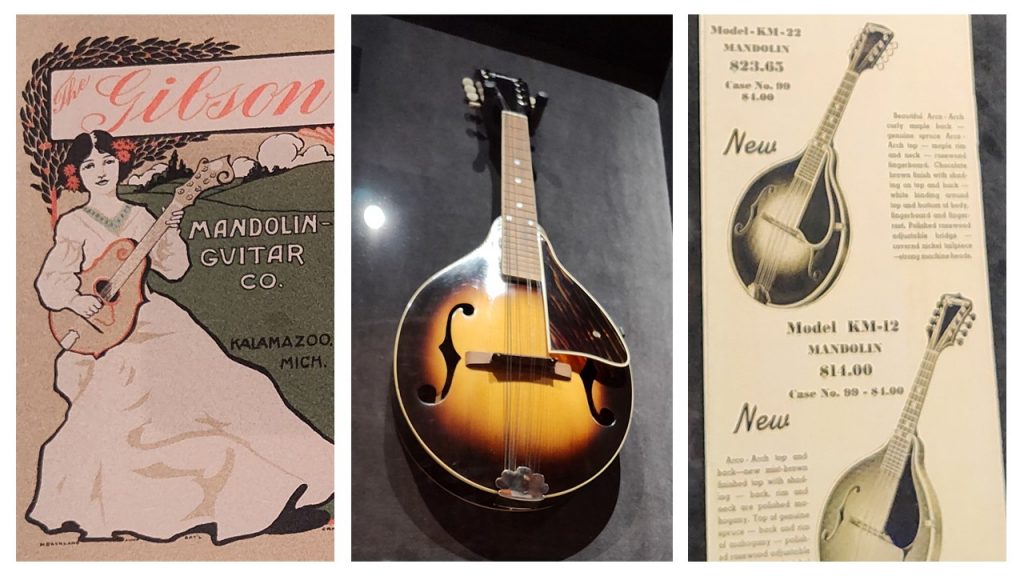
Orville had worked over a decade on this unique mandolin-guitar. Mandolins usually have eight strings which are tuned in pairs, while typical guitars have six strings. Orville Gibson’s “mandolin-guitar” had nine strings. The three bottom strings (treble) were tuned like a standard guitar, while the other six strings had probably been tuned in pairs like a mandolin. A journalist from The Telegraph had reported that the mandolin-guitar had “played very easily and its effect in accompaniments is very fine.”
A Pure Toned Guitar
In 1892 Orville H. Gibson had unveiled a guitar, twice the size of a standard guitar. It had been constructed from spruce in the front and cedar for the back. The fingerboard was made from sycamore. The Gazette had reported, “surpasses anything seen in this city . . . an expert piece of workmanship.” Gibson had been quoted, “most valuable and pure toned guitar,” which had been made by Orville H. Gibson himself. It had been valued at $100.00, nearly $3,000 today.
“The Standard” Gibson Guitar
By 1902 the first Gibson guitar, “The Standard,” had been designed and produced. Spurred by quality and sound, Orville H. Gibson continued to develop a variety of instruments in the guitar family: acoustic, resonator, Hawaiian and banjo.
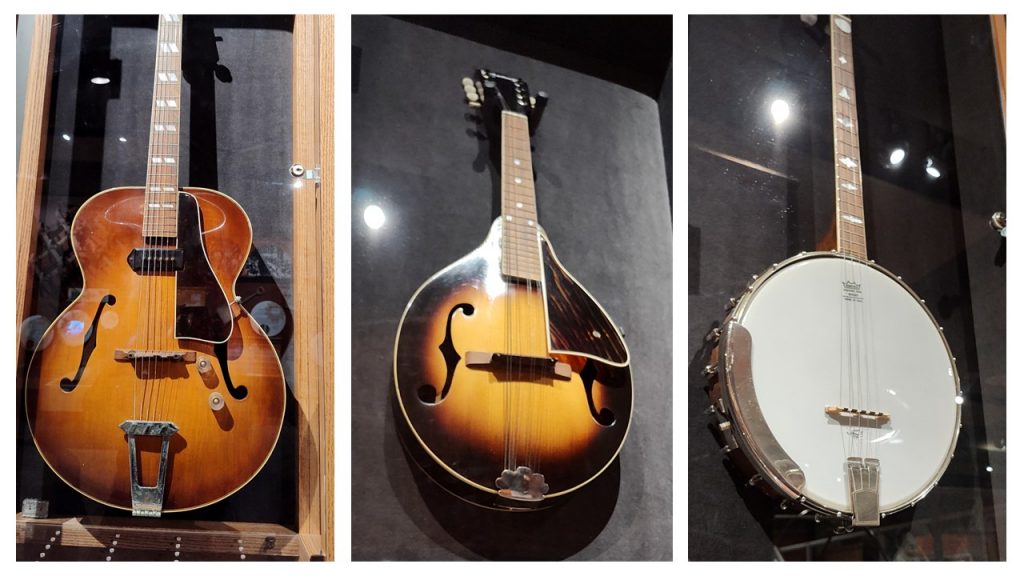
1966 The ES-125TC had been one of the lightest electric guitars, perfect for stage performances. (left)
1936 “The Kalamazoo” had been an affordable Mandolin. (center)
1926 “What Gibson has done for the mandolin and guitar families, Gibson is now doing for the banjo.”
Orville’s Passing
Orville H. Gibson had passed away on August 19, 1918 following another hospitalization at St. Lawrence State Hospital in New York. Orville had aged 62 years. His brother Ozro Gibson had held the wake at his home on August 21st. Orville H. Gibson was laid to rest at Moriningside Cemetery in Malone, New York.
Lloyd Loar
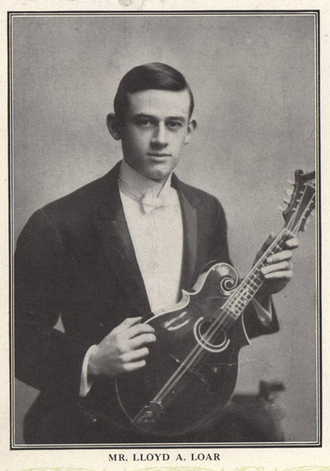
Photo Credit: Wikipedia
A year after Orville’s death, Lloyd Loar, had joined the Gibson Mandolin-Guitar Manufacturing Company as their leading director. In his time at Gibson’s, Loar had experimented with creating electric guitars.
The Electric Guitar
I was shocked to learn that the first electric guitar by Gibson had been released in 1936. That’s the year my 87 year old Dad was born. Insisting upon the highest quality of wood, Gibson had been the only guitar company at the time to harvest wood solely from within our country. The transportation of this resource had been monitored by Gibson, too.
Solid Body Guitar
Gibson led the way in 1941 with the ES-150, Solid Body Guitar, which had been marketed as a Hawaiian model. This sound would become synonymous with rock music.
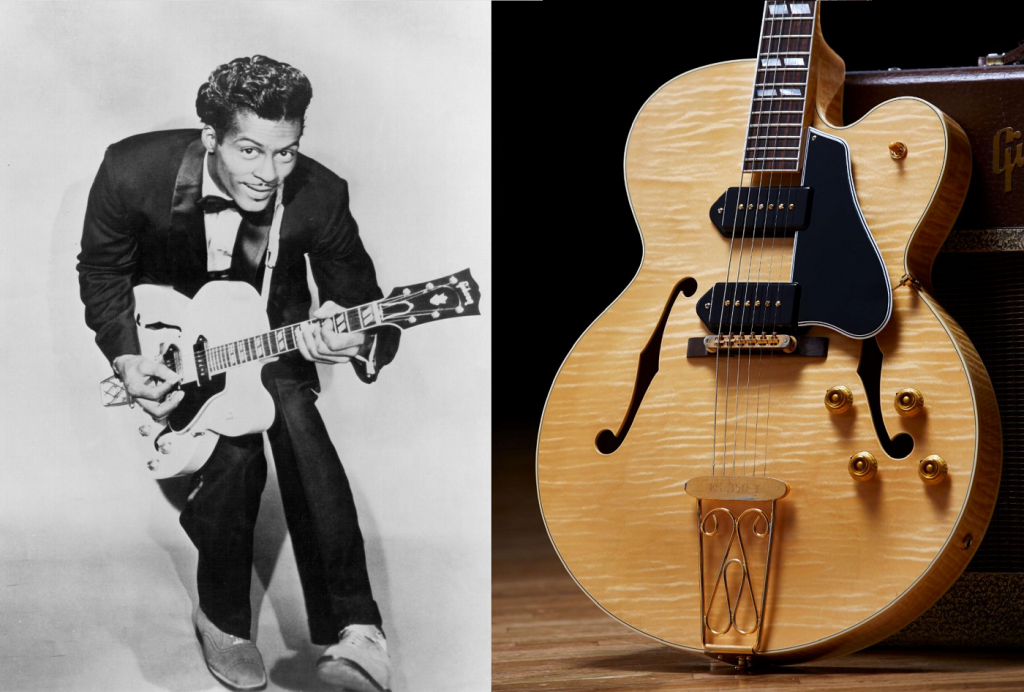
Photo Credit: Gibson Guitars
1950’s
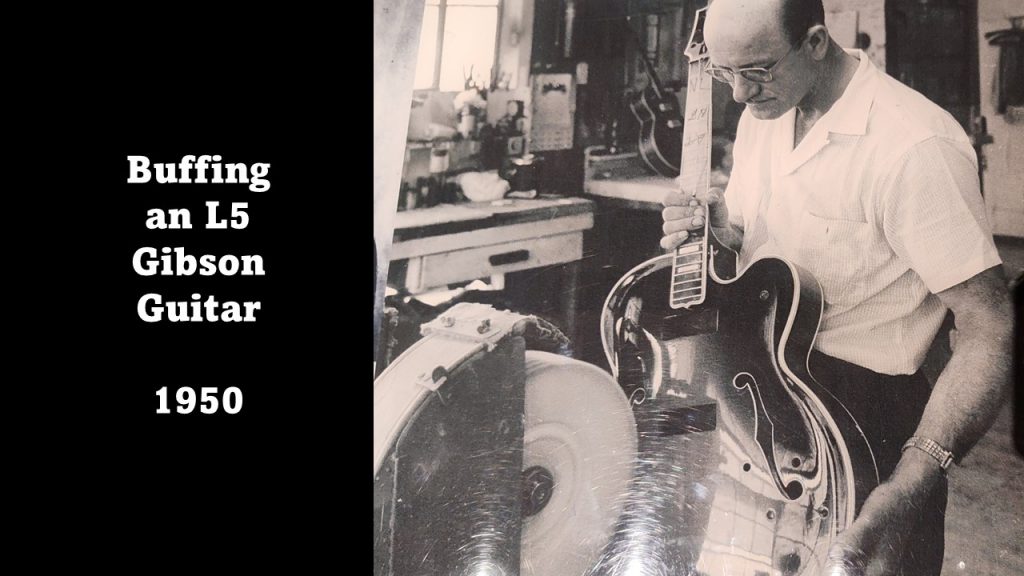
Some artists who had played Gibson guitars have included: T-Bone Walker, Rem Wall, Duane Allman, Jimi Hendrix, Elvis Presley, B.B King, The Rolling Stones, The Beatles and Eric Clapton.
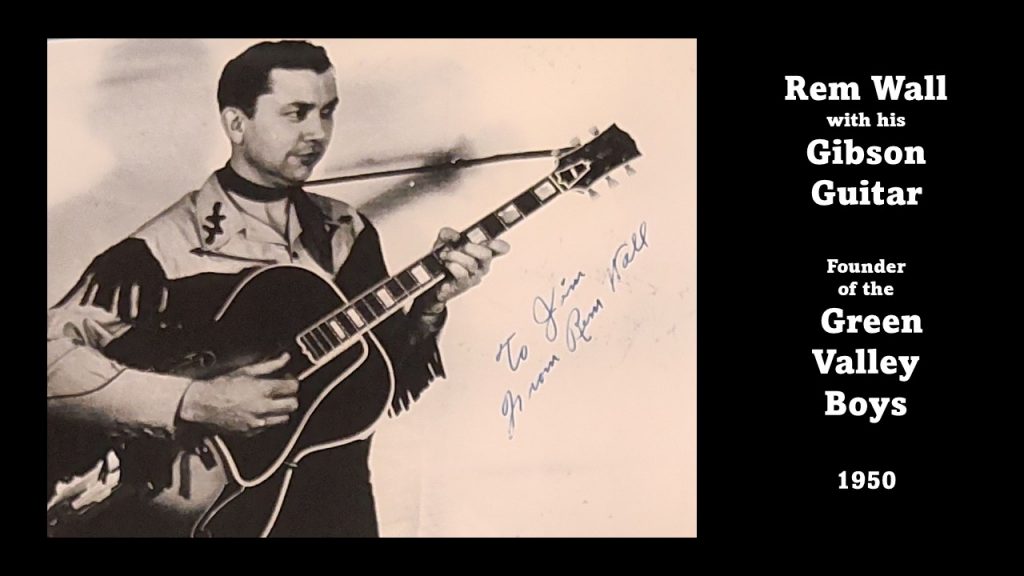
The Gibson Les Paul Model
The Les Paul model has been known for it’s ability to capture a range of styles and sounds: Blues, Punk, Metal and Country. Later, this model had been redesigned into a lighter guitar called the SG.
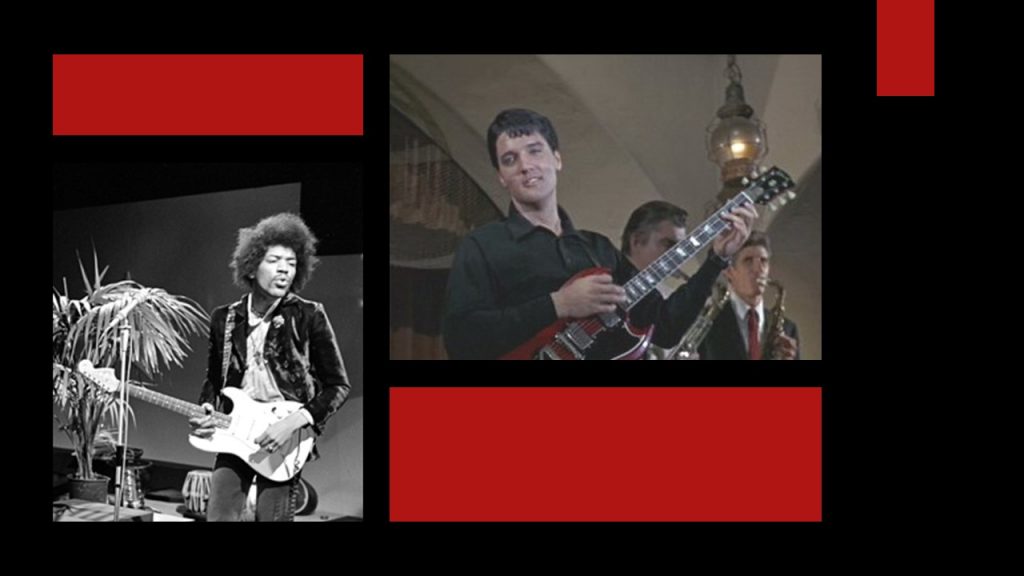
Photo Credit: Gibson Guitars
1970’s Decline
In an attempt to be innovative and compete with other guitar companies, Gibson had started to produce attention-getting designs with groovy names. Unfortunately, the production quality had become inconsistent which had tarnished the Gibson reputation with musicians.
1984 Andy Hargreaves
With a spiraling decline, the company sought out and hired a well-respected musician and producer, Andy Hargreaves, as a consultant. Witnessing the production’s lack of quality, Hargreaves implemented strategies to refocus the production to what it had once been, creating high quality and affordable acoustic guitars.
At that time the Kalamazoo building had been sold to Heritage Guitars in 1985. (Heritage Guitars is still producing fine instruments at the Kalamazoo location.)
The Gibson Guitar Company had been relocated to Nashville. By putting down roots in the midst of talented musicians, production ramped up. With quality being closely monitored, the Gibson name had been venerated once again by the many styles of musicians.
2010 Mill Creek Flood
In the spring of 2010 Mill Creek, along the south side of the shipping facility, had flooded. Many Les Paul and SG guitars had been ruined.
Following the flood, the company stretched itself into producing home electronics items and consumer branding. This expansion had blurred their focus from guitars. This sprawling web of capitalism had caused a loss in revenue.
Scandals and Law Suites
As with many corporations there have been scandals and law suits. Gibson had been guilty of price gouging customers during the 1990’s when there had been a shortage. In 2011 some guitar models had to be recalled due to levels of lead in their paint from overseas paint companies.
With restrictions on importing ebony and rosewood due to the threat to endangered species in 2016, Gibson had attempted to sue the United States government. Customers wrote letters and called the Gibson Company in support of the wildlife. Gibson had eventually dropped the law suit.
2018 Financial Strain and Solution – JC Curleigh
By 2018 Gibson Guitars had found themselves buried under $500 million in debt. What could they do? Well, JC Curleigh led Gibson back to its original plan of constructing quality guitars. JC Curleigh had been a strategist for m&m’s and a president of Levi’s. He knew how to make a business profitable with his “true to roots” plan.
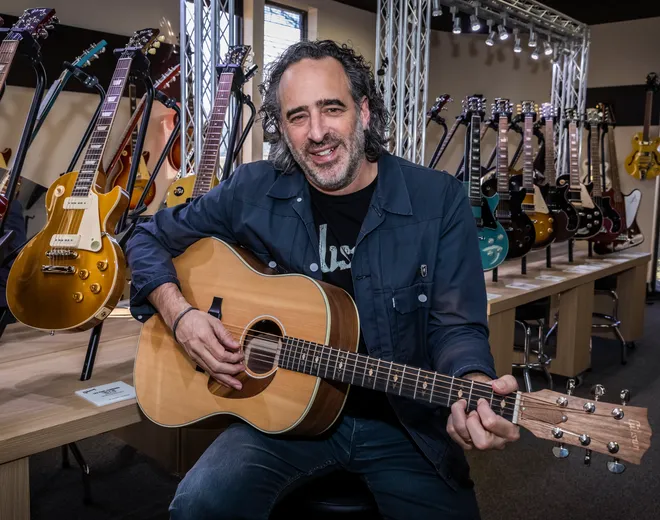
following their filing for Chapter 11 Bankruptcy.
Photo Credit: The Tennessean
Today
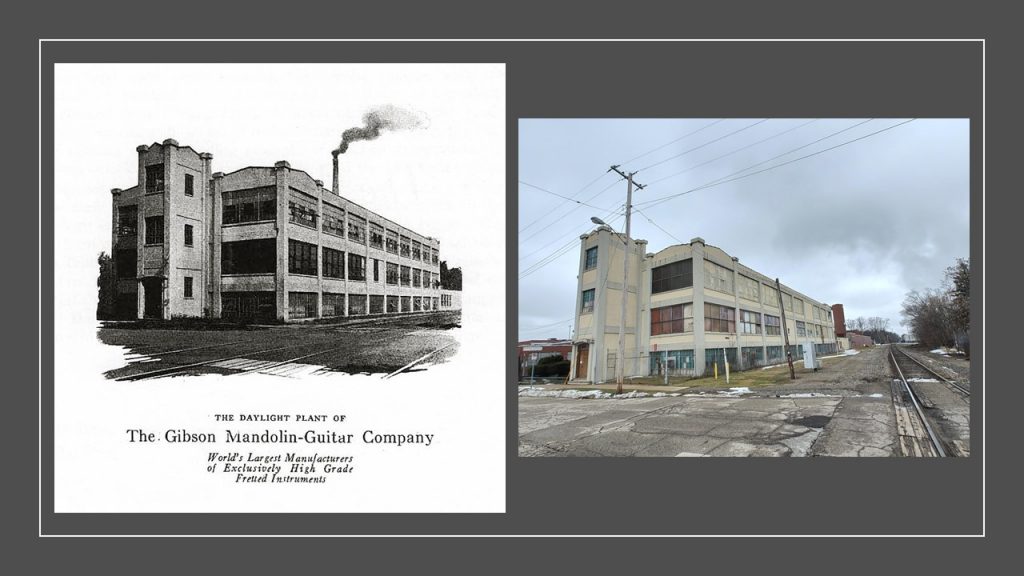
Gibson has successfully rooted their electric guitar factory in Nashville, Tennessee producing 380 guitars daily. Their acoustic models are being made in Bozeman, Montana. The Gibson’s focused mission remains; to create quality instruments. Annually, Gibson sells over 170,000 guitars to people in more than 80 countries.
Looking toward the future Gibson holds research and development in high regard as they want to increase their use of sustainable and renewable resources.
Chuck and I appreciate you joining us as we meandered through the Gibson Guitar story. This business had started with one man’s vision and has grown exponentially. Michigan holds many facets of interesting history. Many lives whisper to us from the past. As we walked down Rose Street, I imagined Orville Gibson playing his Spanish Serenade wearing his striped ensemble. Stay curious, connect with others and make memories!
Related Links:
Restless Viking merchandise is now available.
Resources:
The Story of Gibson by Julius Bellson with photo courtesy of Margaret Bellson, 1973
The Gibson Guitar: The History, The Quality and The Celebrities Who Have Played Them article
In Memory of Orville H. Gibson article
NPR – 2018 article
The Tennessean article 2020
Military Bands of Kalamazoo, January 2024 Kalamazoo Public Library article
Orville H. Gibson obituary Kalamazoo Public Library article
George Gruhn article



